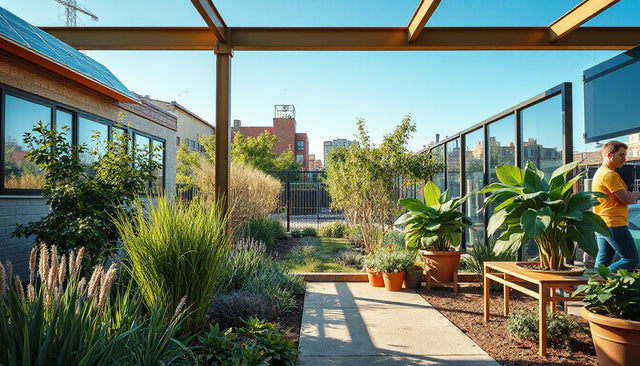The fashion industry stands at a turning point. Its influence stretches deep into the economy and nature. The industry is worth $2.5 trillion. It leaves a heavy environmental mark. We ask: How can fashion education drive change and grow new leaders for a fair and green future? Research and new ideas from top schools point us to one truth. Fashion education is shifting. It meets challenges with clear, hands-on plans. In doing so, it serves as a tool for sustainability.
Understanding the Current Landscape: Why Fashion Education Matters
The Environmental and Social Cost of Fashion
• Fashion harms our world. It adds 10% to global carbon emissions and makes over 92 million tons of waste yearly.
• Fast fashion sells quick trends. Many like its low prices and easy access, but it keeps old, harmful habits alive.
• Many lack solid knowledge. Consumers often learn from social media or documentaries. Formal lessons rarely explain what true, ethical use means.
The Education Gap
Fashion schools once focused on skill and art: cutting, sewing, and design. These skills stay crucial. Yet, they often let environmental lessons fade. Topics like the circular economy, climate change, and green production are left behind.
Why It’s Time for a Sustainability-Centered Curriculum
The Urgency of Climate Justice in Fashion Education
• The United Nations urges strong climate plans. They call on fashion and other industries to act for a safe global temperature.
• Educators must give students green skills. These skills help manage environmental, social, and governance challenges.
• New jobs in fashion—such as green supply managers and eco-consultants—reflect a shift. These roles promise stable careers and support a changing era in business.
Building Integrated Sustainability Into Core Learning
Schools like Central Saint Martins and the Fashion Institute of Technology (FIT) act now.
• Their courses show students how global supply chains handle green issues.
• They help students see how profit can work with ethical goals.
• They mix art, science, and business. This method builds a broader way to think.
How Education Can Drive Industry-Wide Change
Empowering Future Designers and Innovators
• Learn skills for a long life. Students work on garment care, repair, and upcycling to cut waste.
• Informed buyers matter. When consumers learn more, their choices shift company habits.
• Real projects build bonds. Partnerships like Nike’s Circular Design Guide with Central Saint Martins bring real work into class.
A Systemic Approach to Fashion Education Transformation
The Centre for Sustainable Fashion (CSF) works with all parts of the system.
• It reshapes lessons to include climate, social, and racial justice.
• It rethinks old ideas by decolonizing and reducing carbon in classes.
• It tests new ways to teach and judge progress.
• It builds shared learning that values everyone’s background.

Actionable Takeaways: How Students, Educators, and Industry Players Can Advance Change
• For students: Look for courses that make sustainability a core part of learning, not just an extra option. Get involved in projects and internships that focus on green ideas.
• For educators: Demand courses that mix green skills with design. Build ties with NGOs and business leaders to bring real work to the classroom.
• For industry leaders: Work with schools on research and training. Help build a workforce that knows critical green skills.
• For consumers: Learn from trusted sources. Ask brands to show real green practices. Stand by companies that focus on lasting quality and ethical work.
Final Thoughts: The Promise of Fashion Education as a Force for Good
Fashion education must treat sustainability as the main course, not a side dish. It is the foundation of a responsible future in fashion. When new generations learn the right skills and values, they can craft solutions that protect nature and people alike. As we meet the challenges of climate change and social gaps, a blend of art and care lights the way forward.
Ready to be part of the change? Explore courses like those at the Centre for Sustainable Fashion. Learn from leaders such as FIT and Central Saint Martins. Together, we can build a greener, fairer fashion world.
References available upon request; content based on leading industry and academic research as of mid-2025.
At Design Delight Studio, we’re committed to sustainable living and ethical fashion. Every article reflects our passion for mindful choices that empower both people and the planet.






















0 comments